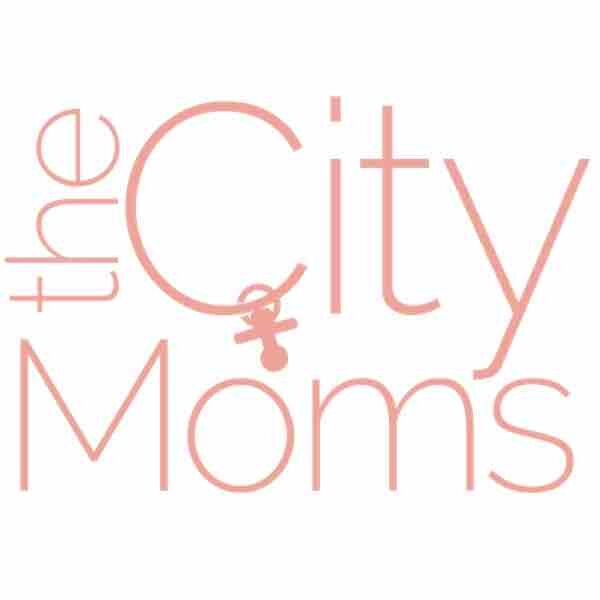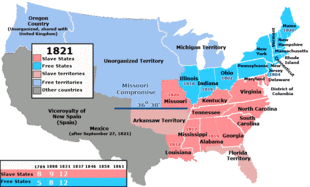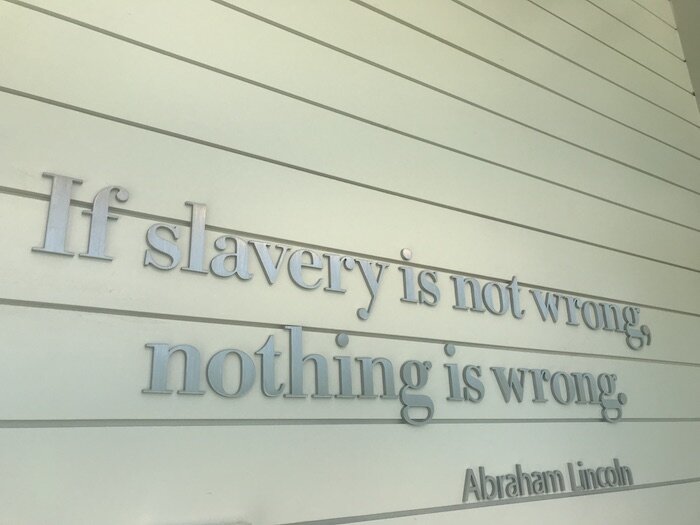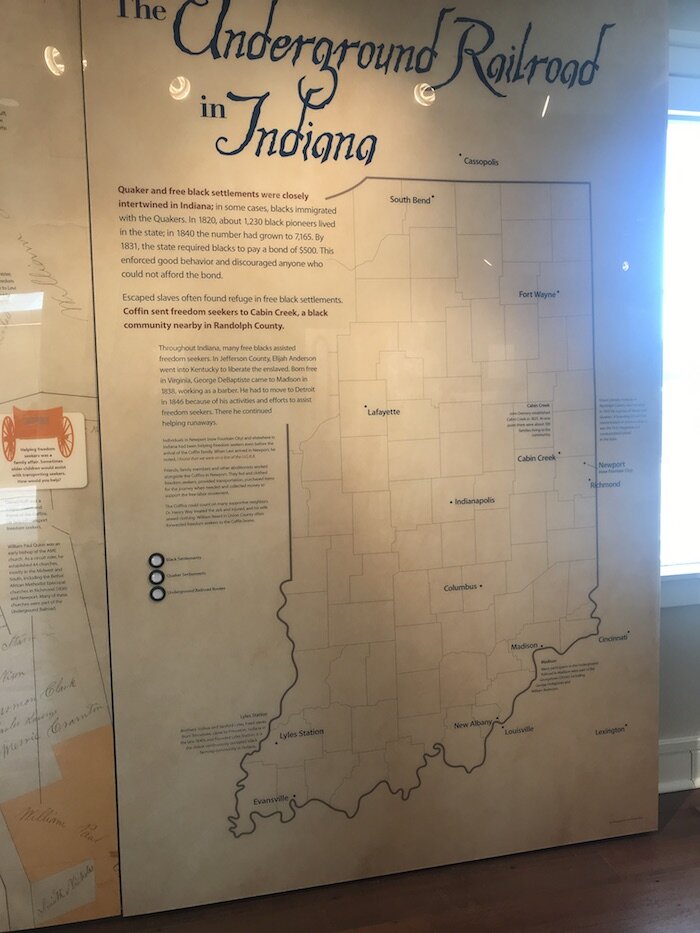Road trip worthy: The Levi Coffin House
I'm not originally from Indiana. So admittedly, if a native Hoosier starts discussing state history trivia with me, my nodding is a sign that I'm taking mental notes to research our conversation later. But I am an adventurer, explorer and always thirsty for knowledge:
When an opportunity came up to visit the Levi Coffin House this summer, I jumped. {Or drove actually.}
See, theCityMoms is all heart-eyed over our friends at the Indiana State Museum and have hosted fun events with them in the past. When they scooped us on 12 must-do day trips across Indiana, the Levi Coffin House {considered the Grand Central Station of the Underground Railroad in Indiana!} was included. With a bright and beautiful day for road-trippin,' we hopped in the car and were off.The Levi and Catherine Coffin State Historic Site is located off I-70 East, north of Richmond, Indiana. It was an easy drive, and only took us around an hour and a half to arrive in Fountain City from Indianapolis.
A quick history lesson...
Before I tell you about our trip though - and for those of you non-native Hoosiers like me - it's necessary to remind you of a few historical facts.
Many of Indiana's original settlers came from the South, where slavery was favored. Those opposing slavery tended to settle in Ohio.
Slavery was not abolished in the US until the Slavery Abolition Act of 1833.
Opposition to slavery began to rise in the Indiana Territory in 1805.
Territory abolitionists took control of Indiana's legislature in 1809, eventually leading to banning slavery in the official constitution.
Indiana was granted statehood in 1816.
The Supreme Court of Indiana ruled to free all remaining slaves in the state in 1820 and leading Indiana to officially become a border state.
The Fugitive Slave Act was passed in 1850 as a compromise between North and South states, essentially stating if slaves from southern states fled to the north, they could be retrieved and returned to their owners.
The Emancipation Proclamation was signed by President Abraham Lincoln in 1863, ending slavery in the United States.
All of this to say: Indiana may have been a 'free' state, but slaves were not safe. They could still be hunted by their owners and returned to the land they fled.Indiana has long been known as the 'Crossroads of America' and no visual is more true than this map of Free vs. Slave States sourced from Wikipedia. Runaway slaves traveling the Underground Railroad needed to cross through Indiana to reach 'freedom' in Michigan, Canada or other Northern states.
Enter Levi and Catharine Coffin
The 8-room Coffin house was built in then Newport, Indiana, for Levi and his wife Catharine in 1839 - this was during the height of slavery. As Quakers, the Coffins were simple folks and didn't adorn their house in the typical frills of the era. Interestingly, the Quaker faith was also among the first to criticize slavery. Levi and Catharine felt strongly in this and that 'no person should own another.' They chose to become active station agents in the Underground Railroad.In Newport, Levi opened a dry goods store, which required him to travel frequently for deliveries - thus creating the perfect cover for being seen in large, tarped wagons later in his UR agent role. Levi also became an active abolitionist, writing frequently for for anti-slavery newspapers.
Our visit to the Levi Coffin House...
We arrived on a bright, sunny Friday to was-Newport-now-called-Fountain-City, Indiana, and parked behind a beautiful Interpretive Center. This is located next door to the original Coffin House, and kitty corner from where Levi's dry goods store once stood.After a quick picnic outside, my fam headed into the Interpretive Center. This is where tickets can be purchased for the Coffin House, you'll find tour times and ultimately, is the more educational portion of the visit. The Center has three levels of informative displays/books/short films/more on the history of slavery. We spent 30 minutes or so here reviewing materials to arm our brains for the tour next door at the Coffin House. We were flanked by a group of teachers on summer break {"We study the Underground Railroad every year and have been waiting forever to visit here!"} and a couple other families.Following our reviews at the Center, it was time to head across the street to the Coffin Home.
The framework of the small town of Fountain City has not changed much since its founding so when we walked across the street to the House, we were actually walking the same street where Levi would pull his wagon to the kitchen door, open the false bottom, and quickly usher slaves inside. {I heard rumors that a false bottom buggy is still stored onsite, but it was not included in our tour - be sure to ask for yours!}
See that non-descript white door behind Hunter and Emerson? That was the entry point from the street to the Coffin's "Grand Central Station" of the Indiana Underground Railroad. Once inside, slaves would typically stay 2 days unless there was danger ahead that forced delay. The Coffins didn't believe in requiring slaves stay put in one room, so visitors usually had the run of the house.Catharine treated runaways as family, fed them at her kitchen table, and tended the ill.
There is a lot of mystery as to how the Home was used - being as private and secretive as they were, the Coffins did not divulge many details to others. So the folks of the Levi Coffin Home Estate have pieced together stories from relatives, letters and other interpretations for an understanding of how the house was used.For example, the upstairs Gates Bedroom {located off the kitchen}, contained a couple beds and small door leading to a tiny crawlspace. While the home was in use as a station, a bed's headboard covered the crawlspace opening, hiding it from view. A family member accounted that this crawlspace once held 14 runaways in it while hunters searched the home. The beds contained two mattresses, used to hid small children in between them.
A large fountain was discovered in the basement of the Home during a recent renovation, leading interpreters to believe this was the main water source for the Coffins. Why is this important? Because it would have allowed the family to seek water from their own basement for themselves and visitors without raising suspicions of constant trips to an outdoor well.It is reported that the Coffins helped thousands of runaways in their twenty years of serving on the Underground Railroad in Indiana... all without one capture.The Coffins moved on to Cincinnati in 1847, but their legacy remained stamped on the history of our state.
A side note before I sign off: My kids took a break during our tour to sit on the kitchen threshold. The sunlight streamed in just as I captured them talking about a stray bee and my daughter Emerson asked by son Hunter "Why would anyone think it's okay to OWN someone?!" with this incredulous little voice. They were sitting in the very doorway runaway slaves seeking their freedom passed through and feet from a kitchen where they ate alongside others on their same journey."I don't know Em," replied my son. "But things have changed. And they'll keep changing for good."
MORE INFO: The Levi and Catharine Coffin House is located at 201 US 27 North, in Fountain City, Indiana. Hours of operation are Tuesday-Saturday from 10am-5pm. Their website notes April and May see heavy visitation due to field trips. Admission prices: $10/adult, $5/children. Kids 3 and under are free. Visit their website or call {765} 847-1691 for additional details.

















